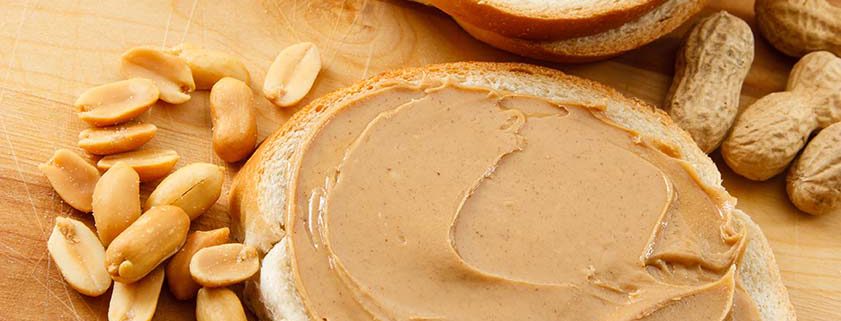Role of low Nickel Diet in Nickel Allergy
What Role Does the low nickel diet Play in the Management of Nickel Allergy?
Original article:
Eleese Cunningham. What Role Does Diet Play in the Management of Nickel Allergy? Journal of the Academy of Nutrition and Dietetics, 2017; Vol. 117: p. 500.
Reviewed by Brittanya Limone, BS, MA. MSIII, Loma Linda University
- Nickel is a common cause of allergic contact dermatitis (ACD) in the United States with rising detected prevalence. ACD reactions typically involve an ‘itchy rash’ following contact with nickel-containing compounds and are able to be confirmed using the diagnostic patch test.
- Patients may present with widespread dermatitis, in the absence of contact with known allergens, raising the suspicion for dietary sources of nickel.
- Notably, nickel amounts differ amongst plant types and also vary based on the levels of nickel present in the soil during growth. In the case of seafood, the water nickel content is a major contributing factor.
- Eleese Cunningham reported that “In most studies, the richest sources of dietary nickel are found in nuts, dried peas and beans, whole grains, and chocolate.” Of note, the use of stainless-steel cookware and metal machinery may increase the nickel content in home-cooked meals and processed foods, respectively.
- More information on these sources of nickel can be found at
- https://www.dermatitisacademy.com/nickel-page/
- The pervasiveness of nickel across food groups makes a ‘nickel-free’ avoidance diet challenging. A diet high in iron-rich foods may be beneficial for patients with nickel sensitivities:
- Iron and nickel compete for the same transport pathway during intestinal absorption. Consequently, if more iron is shuttled across intestinal mucosa, then less nickel will be transported.
- In contrast, while normally only a small percentage of nickel is absorbed, this amount increases in patients with iron deficiencies. Additional processes that may lead to increased absorption of nickel include lactation or a disruption of the gastrointestinal barrier, such as in irritable bowel syndrome.1
- Evidence suggests that nickel sensitive patients may benefit from reducing high nickel-containing foods from their diet. Eleese Cunningham notes that the low-nickel diet should be followed for 4-6 weeks and then evaluate for improvement patient symptoms.
Additional Reference:
- Rizzi A, Nucera E, Laterza L, et al. Irritable Bowel Syndrome and Nickel Allergy: What Is the Role of the Low Nickel Diet? Journal of Neurogastroenterology and Motility. 2017;23(1):101-108.

